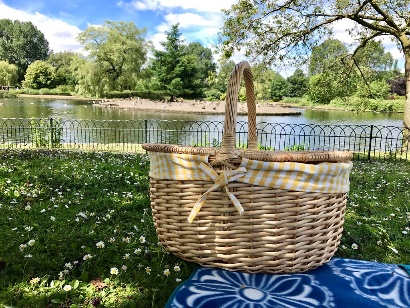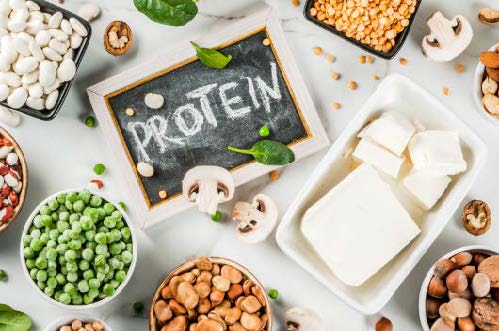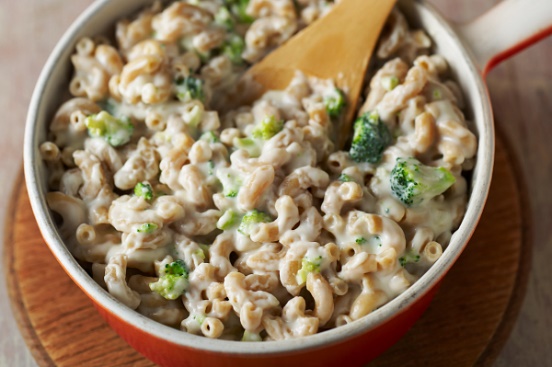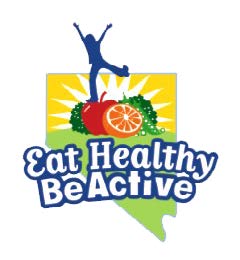In this edition
- Leisure activities and how they help us as we age.
- How much protein do I need?
- Stovetop Macaroni and Cheese
About the Newsletter
Celebrate National Parks and Recreation Month by reading about the three advantages of leisure activities for older adults. Learn how much protein you need to eat. And check out the Cooking Matters Chef's Notes for how to add vegetables, protein, and extra flavor to an all-American favorite dish of macaroni 'n cheese.
Leisure activities and how they help us as we age.

picnic basket on green grass near a body of water
July is National Parks and Recreation month. When I think of parks and recreation, I think of leisure activities. Leisure activities are defined as physically feasible and enjoyable activities that one performs or engages in during their free time. Time spent away from work, business, chores and necessary activities like eating and sleeping, leisure activities usually emphasize mental and physical feelings of freedom and choice.
Examples of leisure activities can include quiet activities such as afternoon tea, bonsai trimming, coloring, reading or meditating. Try more active activities like exercising, gardening, fishing, kite flying, swimming, pickleball or just going for a walk. Enjoy hobbies like knitting, birdwatching, photography, art or woodworking. Learn new games like chess, playing cards or working on puzzles.
How does leisure affect aging? According to research published by the National Institute on Aging in September of 2022, some leisure activities may improve longevity for older adults. These activities include running, jogging, cycling (outdoors or indoor on a stationary bike), swimming, racquet sports, golf and walking. However, even low energy activities such as enjoying a friend’s company, visiting with family or talking to your grandchildren on the phone can promote overall well-being, improve physical, mental and emotional health and reduce isolation.
Here are three advantages of leisure activities for older adults:
- Leisure activities improve emotional and mental wellbeing. These activities improve emotions and mental abilities in expressing how you feel. Also, activities such as puzzles and card games can strengthen organizational and problem-solving skills, improving mental alertness. Even just a good engaging conversation can help to stimulate the mind!
- Leisure activities help you to have a fulfilling social life. Most individuals, especially older adults thrive in good company and healthy relationships. Anytime you can spend quality time with other humans that are similar to you or like to do the same activities you do, it provides you the gift of companionship and fosters meaningful relationships. This leads to feelings of inclusion and calmness.
- Leisure activities help strengthen and improve physical health. Light exercises can improve mobility, balance and flexibility. Even a daily walk with a buddy, stretching classes or chair yoga can be beneficial. Moving your body can help with muscle strength and improve coordination. It can strengthen your cardiovascular and respiratory well-being. As with all exercise, please check with your health care practitioner to get approval before starting.
To learn more about the author
The body heals with play; the mind heals with laughter and the spirit heals with joy.
~ Proverb
How much protein do I need?

protein options
Protein needs are based on body weight, not a percentage of total food energy. The more you weigh, the more you need.
Older adults also need to increase their protein intake to more than what's recommended for other age groups. On average, you should be consuming between 5 to 6.5 ounces of protein per day (3 ounces is the size of a deck of cards).
Discuss your protein intake with your doctor to make sure you are getting enough to maintain a healthy lifestyle.
Find more protein tips at:
Stovetop Macaroni and Cheese

stovetop macaroni and cheese
July 7 is Macaroni Day and what better way to celebrate than to have an all-American favorite – macaroni and cheese. Did you know that National Eat Your Beans Day is on July 3? For some added fiber and a complete protein (a complete protein contains all nine essential amino acids), throw in a can of rinsed and drained white beans (baby lima, cannellini, great northern or navy) when you add the cream cheese, grated cheese and broccoli to this recipe.
Ingredients
- 1 small head of broccoli
- 5 ounces Cheddar or Monterey Jack cheese
- 1 package (16-ounce) whole wheat macaroni (try penne or shells)
- 1 ½ cups nonfat milk
- 1 ½ tablespoons unsalted butter
- 2 tablespoons all-purpose flour
- ½ teaspoon salt
- ½ teaspoon ground black pepper
- 4 tablespoons light cream cheese
Instructions
- Rinse and chop broccoli.
- Grate Cheddar or Monterey Jack cheese.
- In a microwave-safe bowl, add broccoli and just enough water to cover half way. Heat in microwave until bright green and tender, about 6-8 minutes.
- Cook macaroni following package directions. Drain in colander and set aside. While macaroni is cooking, make cheese sauce.
- In a small pot over medium heat, heat milk. When hot, remove from heat. Cover to keep warm.
- In a small pot over medium heat, melt butter. Add flour. Whisk with a fork, stirring constantly.
- Slowly add the warm milk. Stir constantly with a rubber spatula, until sauce thickens. Sauce should be thick enough to coat the back of a spoon.
- Stir in salt and black pepper. Add cream cheese, grated cheese and broccoli. Stir until grated cheese is melted. Remove from heat.
- Add macaroni to cheese sauce. Stir to coat.
Visit for Nutrition Facts.
Chef's Notes:
- Use any vegetables you like. Try using 1½ cups of chopped tomatoes, steamed cauliflower, cooked peas or spinach instead of broccoli.
- For a heartier version, in step 8 add a 12-ounce can of drained chicken or tuna packed in water, a can of rinsed and drained beans, or cubed and cooked chicken pieces.
- For extra flavor, add ½ teaspoon dried thyme or any herbs and spices you like. Mix into the sauce with the salt and pepper. Freeze leftovers for up to three months.

Nevada SNAP-Ed logo
An EEO/AA institution. This material was funded by USDA’s Supplemental
Nutrition Assistance Program (SNAP). This institution is an equal opportunity provider.
UNR Extension SNAP-Ed
Published by:
Mazzullo, N., 2023, Healthy LIVING while aging! (2023-07), Extension | University of Nevada, Reno, Newsletter
An EEO/AA Institution. Copyright ©
2025, University of Nevada Cooperative Extension.
A partnership of Nevada counties; University of Nevada, Reno; and the U.S. Department of Agriculture


